- Home
- About
- Hospitals
-
Treatments
- Orthopedic & Spine
- Knee Replacement
- Carpal Tunnel Release
- Rotator Cuff Repair
- Meniscus Repair / Meniscectomy
- Total Hip Replacement (THR)
- Total Shoulder Replacement
- Arthroscopy
- Ligament Reconstruction
- Spinal Fusion
- Discectomy
- Laminectomy
- Spinal Decompression
- Vertebroplasty and Kyphoplasty
- Fracture Repair
- ACL Reconstruction
- Tendon Repair
- Osteotomy
- Amputation
- Pediatric and Adult Cardiac
- Neuroscience
- Oncology
- Nephrology & KTP
- Gastroenterology & Hepatobiliary
- Obstetrics and Gynaecology
- Infertility
- Dental & Maxillofacial
- Plastic & Cosmetic Surgery
- Rhinoplasty
- Blepharoplasty (Eyelid Surgery)
- Facelift (Rhytidectomy)
- Breast Augmentation (Mammoplasty)
- Breast Reduction (Mammoplasty)
- Breast Lift (Mastopexy)
- Liposuction
- Abdominoplasty (Tummy Tuck)
- Brazilian Butt Lift (BBL)
- Lip Augmentation
- Breast Reconstruction
- Cleft Lip and Palate Repair
- Scar Revision
- Burn Reconstruction
- Botox Injection
- Ophthalmology
- Otolaryngology (ENT)
- Endocrinology
- General and Minimal Invasive Surgery
- Pulmonology
- Rheumatology
- Urology
- General Medicine
- Ayurvedic Treatment
- Orthopedic & Spine
- Doctors
- Contact Us
Implantable Cardioverter-Defibrillator (ICD) Implantation
Implantable Cardioverter-Defibrillator (ICD) implantation is a medical procedure used to implant a small electronic
device, called an ICD, into a patient's chest or abdomen. ICDs are designed to
monitor the heart's electrical activity and deliver life-saving shocks or
pacing when dangerous and potentially life-threatening heart rhythms are
detected. This procedure is typically performed by a cardiologist or an
electrophysiologist, a cardiologist specializing in heart rhythm disorders.
Indications for ICD Implantation: ICDs are
primarily used to treat and prevent sudden cardiac death in individuals at risk
of life-threatening heart rhythm abnormalities, including:
- Ventricular Tachycardia (VT): A fast and potentially life-threatening rhythm originating in the heart's lower chambers (ventricles).
- Ventricular Fibrillation (VF): A chaotic and lethal heart rhythm that can lead to cardiac arrest.
- History of Cardiac Arrest: Individuals who have experienced a sudden cardiac arrest due to VT or VF are often candidates for ICD implantation.
- High-Risk Heart Conditions: Certain heart conditions, such as a reduced ejection fraction (a measure of the heart's pumping ability), may increase the risk of dangerous arrhythmias and necessitate ICD placement.
The ICD Device: An ICD consists of several components, including:
- Pulse Generator: This small metal or plastic device contains the battery, electronics, and sensing and shock-delivery capabilities. It continuously monitors the heart's rhythm and can deliver shocks to terminate life-threatening rhythms.
- Leads: Thin, insulated wires that are implanted within the heart to sense the heart's electrical activity and deliver shocks when necessary.
The ICD Implantation Procedure: ICD implantation typically follows these steps:
- Preparation: The patient is prepared for the procedure with an IV line, monitoring electrodes, and local anesthetic to numb the implantation area.
- Access Site: The device is typically implanted in the upper chest, below the collarbone. An incision is made at the implantation site, and a pocket is created for the pulse generator.
- Lead Placement: Leads are threaded through blood vessels from the implantation site to the heart. These leads are positioned within the heart chambers to sense the heart's electrical activity and deliver shocks when necessary.
- Testing: After lead placement, the leads are tested to ensure proper function and that they can sense and pace the heart appropriately. The patient may be asked to move to assess the heart's response.
- Securement: Once leads are confirmed to be correctly positioned, they are secured in place, and the pulse generator is connected to the leads.
- Closure: The incision is closed with sutures or staples, and a sterile dressing is applied.
- Programming: The
ICD is programmed to the patient's specific needs, including the detection
and treatment parameters for life-threatening rhythms.
After the Procedure: After ICD implantation, the
patient is monitored to ensure the device is functioning correctly. Patients
receive information about the device and what to do if they experience any
shocks or other symptoms. Regular follow-up appointments are scheduled to check
the device's function, adjust settings if necessary, and monitor the patient's
overall heart health.
ICD implantation is an effective treatment for individuals at risk of
sudden cardiac death due to certain heart rhythm abnormalities. These devices
are designed to rapidly detect and terminate life-threatening arrhythmias,
potentially saving lives by delivering timely electrical shocks to restore
normal heart rhythms.
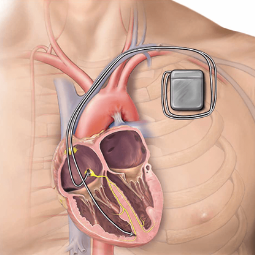


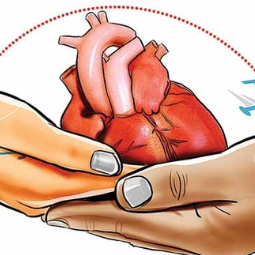
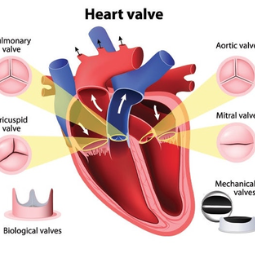
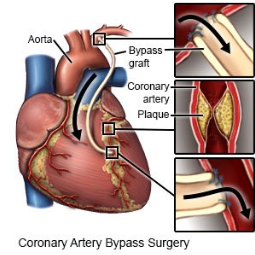
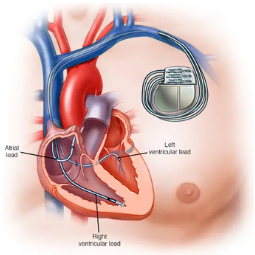
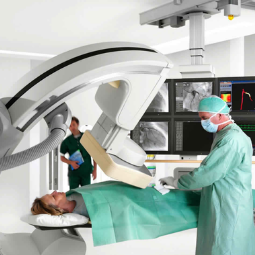
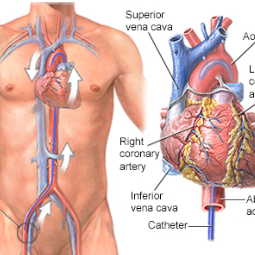
.png)